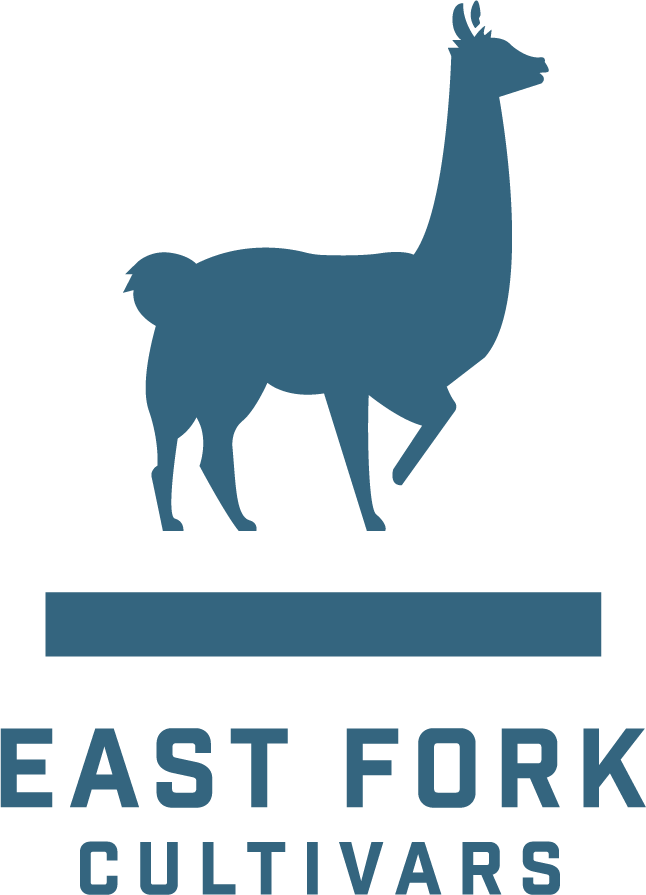Common Cultivation Questions with our Cultivation Director - Spencer
East Fork receives a lot of customer inquiries and questions, ranging from how we make our product formulations to what our business values look like. One of the most common areas of questions we get is related to our cultivation practices. We decided to turn some of the more common questions we get to our Cultivation Director, Spencer Kendall, for an update on our cultivation methods.
Science and Culture: Integrating Indica-Sativa Terminology at East Fork
At East Fork, we haven’t generally used the terms Indica, Sativa, and Hybrid to refer to cannabis products because data consistently shows that these botanical terms no longer reliably relate to a plant’s genetics or effects.
However, we’re evolving our practices on this issue: you’ll see us using this labeling on some of our products going forward. We want to help people find what they’re seeking, and we recognize that many people continue to find the Indica-Sativa-Hybrid labels helpful.
All About Cannabinoids
First, THC got all the attention. Then, CBD became hot. Now everyone’s getting into CBG.
But you may know that there are more than 100+ different cannabinoids that can be found in the cannabis plant!
Researchers are still discovering and describing new cannabinoids, and working to understand the effects that each can have.
A Brief Trip Through Cannabis Classification
Ever wonder why the terms indica and sativa are used to describe different varieties of cannabis? The terms have changed meaning over time and alternatively, classifying cultivars with chemotypes can be more helpful and informative when looking for what products you want to use. Chemotypes can provide more information on CBD, THC and CBG ratios. It more accurately describes what you can expect out of a certain cultivar and not just a general idea. The original meanings were based on the physical characteristics of the plant rather than the feeling it will provide, which is what the meanings have evolved into.
Our Breeding Philosophy with Tia Keene
At East Fork, we are committed to offering our customers the highest quality cannabis flower. As breeders, we aim to create resinous, terpenoid- and cannabinoid-rich cultivars. We want to continuously breed plants for traits like pest resistance, novel chemical profiles (or chemotypes), and plant morphology in order to explore the potential of the cannabis plant and maximize its ability to provide relief for a wide variety of people. Simultaneously, we want to create a productive crop that is as easy to cultivate and process as possible.






